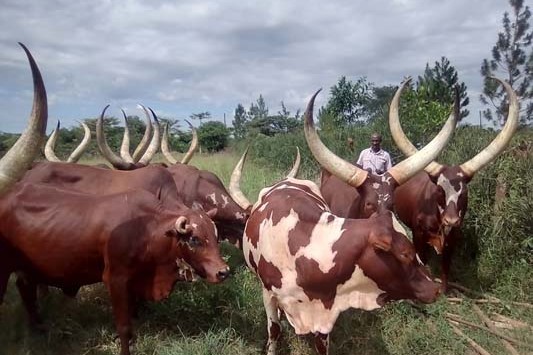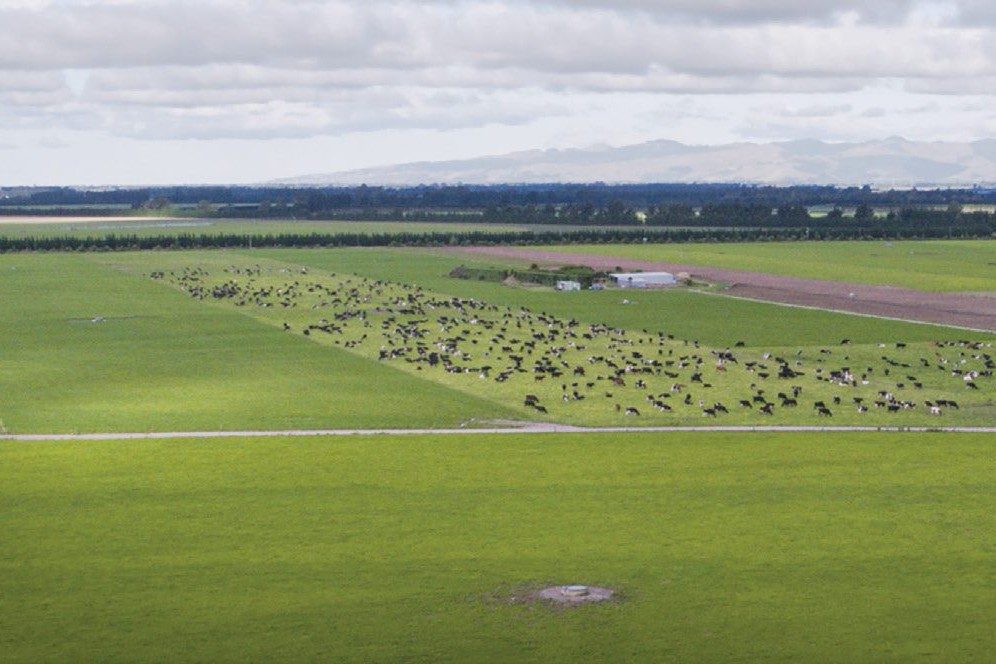By STUART DAVISON
Spring time. What a time to be a farmer! Grass is growing, mating is all go, silage and summer crops could be on the cards. And on top of all those exciting factors, New Zealand milk production is peaking, making for a very exciting month for NZ dairy.
As one of the key dairy export regions, we often have the world’s eyes at this time of the year as the world asks “how much will NZ produce this year?” This year is even more important to the global dairy industry. The balance of global milk supply has been upset over the last month, and a market out of kilter creates volatility.
I’m sure you are well aware of the sharp increase in demand from China over the last 18 months. It’s the reason the milk price is looking so dashing, but the supply side has also been running red hot as a result. European dairy farmers have been steadily growing milk production over the last few years, keeping up with growing demand. The European Union has also benefited from China’s massive draw of dairy, with exports to China also growing substantially over the last 18 months. Similarly, the United States has spent the last three years growing their own milk production, most noticeably over the last 18 months also. This constantly increasing supply might have peaked already, and now looks set to regulate a little lower.
EU milk production in July undershot July 2020’s production figure, with big producers, France and Germany, both seeing milk production fall sharply. Only Spain, Italy and Ireland managed to grow their milk production in July.
At the end of July, the EU’s total milk production for the 2021 season, year to date, was 0.5% ahead of the same period in 2020. Total milk production growth will most likely finish the year unchanged from last year or lower. Considering population growth in the EU, which was 0.4% in 2020, milk production looks unlikely to be able to keep up with growth in both domestic demand and exports. Simply, EU dairy exports will be in short supply for the remainder of 2021, and most likely won’t catch up until their next milk production peak in mid-2022.
The US dairy industry is finally tripping itself up. The boom in milk production over the last two years has created a massive amount of milk, spilling over to the export market. US farmers have grown milk production every month for the last two years, but that is set to stop. Weekly numbers of cull cows are increasing above rates seen over the last two years, which will reduce the national herd. The US herd is now pegged to stop growing at some point over the coming months. Yield per cow is being punished by higher feed costs, and drought in parts of the West Coast. This all means milk flows should slow, with some commentators expecting a negative growth figure sometime in the coming months.
What does this mean for little old NZ? A positive outlook. If the EU and the US look to taper off, and China’s demand continues to tick along, global balance will tip towards low supply, and will be price supportive. But what does the market think currently? At the time of writing, which is between Global Dairy Trade (GDT) events in September, the market is very bullish, expecting good prices for all commodities for the rest of the season.
The futures market has been running red hot, as both buyers and sellers look to hedge prices before they move higher or lower again (depends which side of the hedge you’re on…). A few people are starting to question if China can keep up their levels of demand, while others are seeing a population that can’t get their hands on proteins fast enough! At this point of the year, it’s hard to be a pessimist, and milk prices should remain supported for this season at least!
- Stuart Davison is an NZX Dairy Analyst.





